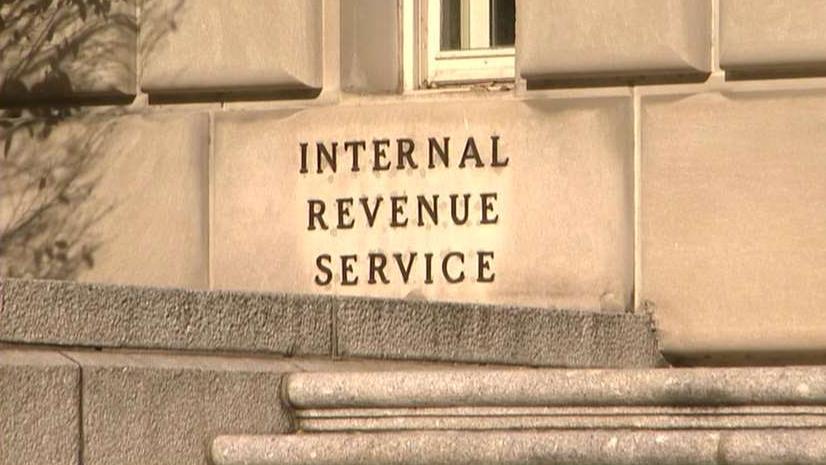Tax season jammed up by shutdown, and Postal Service doesn't help
The Internal Revenue Service (IRS) is struggling mightily to keep its head above water in the current tax season and recent developments have done little to increase trust with taxpayers. A scathing report by the National Taxpayer Advocate describes a backlog of 5 million unsorted mail pieces, as few were on call to sort mail received during the federal shutdown.
Taxpayers will likely swarm the phone lines as April draws closer, since an astounding 93.3 percent of callers trying to pay over the phone during the shutdown were unable to contact a live agent. But there remains a bright spot throughout this entire frustrating process: e-filing.
Filing taxes online has soared in popularity over the past decade; the percentage of returns being logged online went from less than 70 percent in 2010 to more than 90 percent today. Going online to file taxes is an easy and efficient alternative to high postage prices and long waiting times.
While this shift in filing benefits taxpayers and the IRS, the trend highlights a growing problem at another beleaguered agency: the United States Postal Service (USPS). Without greater coordination and adaptability between the IRS and USPS, both agencies will suffer key setbacks to the detriment of taxpayers across the country.
This predicament facing the USPS highlights a larger issue with declining mail delivery and corresponding revenue. Five year mail revenue is down by more than $3 billion. This is largely due to technological change beyond the USPS’s control, but the agency certainly isn’t helping out matters on their end. The service does report on-time percentages for different mail categories, but the results are disappointing.
Three-to-five-day first-class mail is on time less than 90 percent of the time (as of fiscal year 2018). And, an inspector general (IG) report in 2017 found that the USPS understated delayed mail by 2 billion pieces. Even these figures are not trustworthy.
In the spring 2018 semiannual report to Congress, USPS acting inspector general (IG) Tammy Whitcomb offered a disappointing take on USPS management, efficiency, and performance. According to the IG, big picture consumer survey results are certainly not encouraging, with three-year declines in “recent USPS delivery performance,” “delivery accuracy,” “tracking information accuracy,” and “carrier friendliness and courtesy.” Even if a tax-filing consumer doesn’t have to deal with a carrier, the act of fending for oneself at the post office can prove daunting. Self-service kiosks are only available in about a tenth of all Post Office locations, and glitches and out-of-order signs often make clerks the only option.
These frustrating experiences either leave filers to e-file, or simply procrastinate that dreaded post office trip until the last possible minute. And at a time when the IRS’s mail backlog is already in the thousands of pieces, this last-minute frenzy only adds to the chaos.
The USPS can take steps to make life easier for taxpayers and the IRS - but these changes would require significantly more discipline on the part of postal leadership. Installing more self-service kiosks and keeping stamp prices low, for instance, would require some capital investments with money that the USPS is currently wasting on misguided priorities and bizarre pricing schemes.
CLICK HERE TO GET THE FOX BUSINESS APP
Fortunately, the Taxpayers Protection Alliance's recent report shows that, by eliminating this waste and restoring sanity to stamp and package pricing, USPS leadership can save more than $3.3 billion per year. While these savings can’t solve all of the USPS’ - or taxpayers’- problems, they can make for an easier filing season.
Ross Marchand is the director of policy for the Taxpayers Protection Alliance.




















